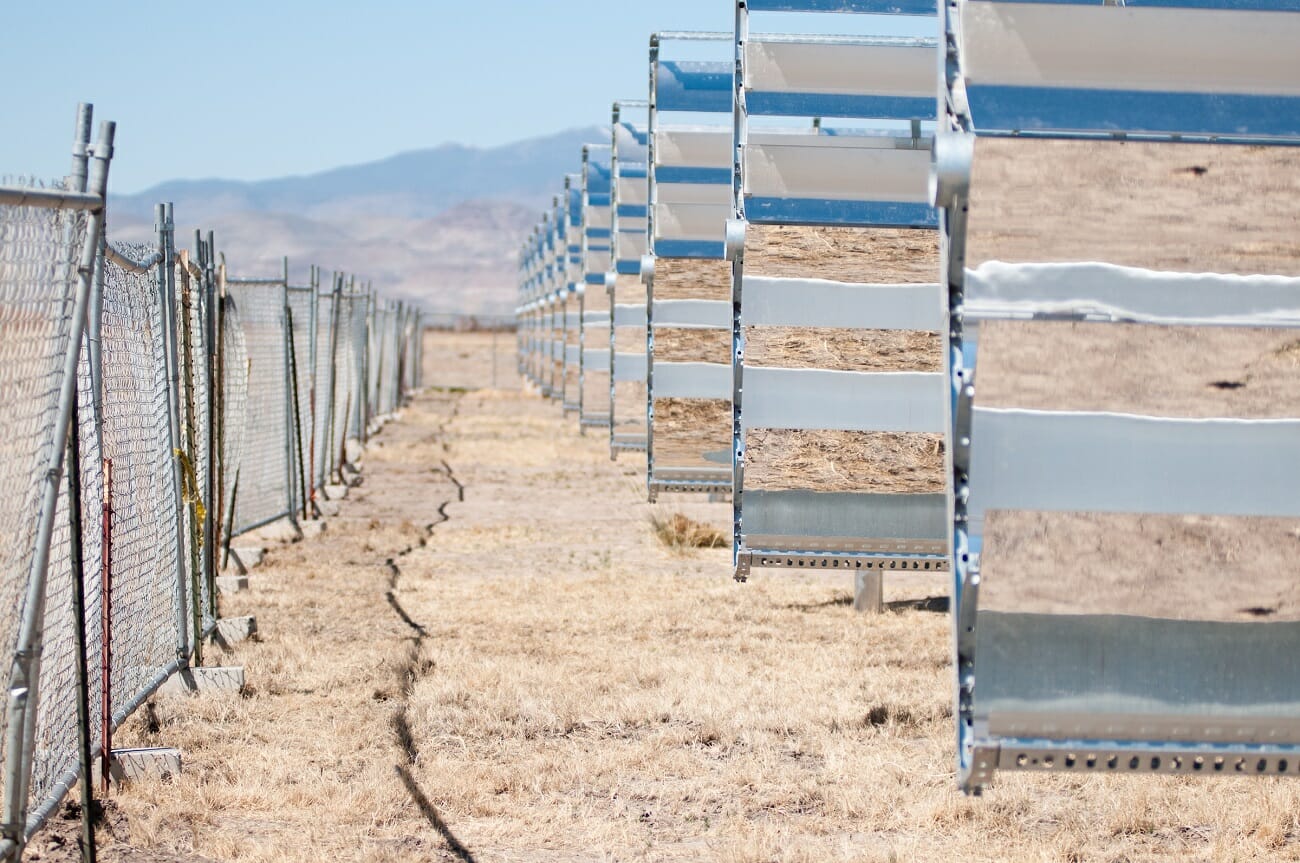Trump administration slaps a 30 percent tariff on solar panels, a move expected to increase prices

Despite opposition from most of the American solar industry, the Trump administration slapped a 30 percent tariff on imported solar panels Monday, a move that could stifle investment in states such as Nevada. The Solar Energy Industries Association, a vocal opponent of the tariffs, said the decision could hobble the developing industry and lead to the loss of 23,000 jobs this year.
Since 2014, Nevada solar development has spiked as prices have dropped and demand for renewable energy has increased throughout the state and in California. About 8,400 Nevadans work in the solar industry, according to SEIA.
Industry advocates such as the SEIA worry that the tariffs, which are expected to increase the price of panels, would make investment less attractive. Many large-scale and residential installers currently rely on a supply chain of low-priced imports. An analysis from Greentech Media last year predicted that the tariff would lead to a roughly 8 percent decrease in development.
“(The tariffs) will create a crisis in a part of our economy that has been thriving,” Abigail Ross Hopper, the trade association’s president and CEO said in a statement Monday. “(They) will ultimately cost tens of thousands of hard-working, blue-collar Americans their jobs.”
The trade protections apply to imported photovoltaic cells and modules, two key materials for solar installations. These tariffs will last four years and start at 30 percent in year one, decreasing by 5 percent each year.
The decision comes after the U.S. International Trade Commission, acting on a petition from two U.S. manufacturers, recommended a 35 percent tariff to address Chinese imports last year.
In the fact sheet released Monday, the U.S. Trade Representative’s office said “from 2012 to 2016, the volume of solar generation capacity installed annually in the United States more than tripled, spurred on by artificially low-priced solar cells and modules from China.” All of this resulted in the collapse of U.S. solar manufacturing, the office argued in its fact sheet, and “by 2017, the U.S. solar industry had almost disappeared.” It noted that the Obama administration had also imposed “antidumping and countervailing duties” in 2012 that Chinese producers circumvented.
Although the decision could raise prices for large-scale and residential solar, some companies were relieved that the tariff was not more punitive. In fact, the announcement sent stocks for two solar installers — Sunrun and Vivint — up in after-hours trading, Bloomberg reported.
Analysts believe Nevada is positioned to be a leader in solar development in the coming years. Earlier this month, NV Energy requested proposals to add up to 330 megawatts of renewable energy, which could include solar. The utility said its goal is to double its renewable portfolio by 2023. Large-scale development in Nevada is also being driven by demand in California.
Disclosure: NV Energy has donated to The Nevada Independent. You can view a full list of donors here.
